Kanban Board — Focus And Achieve Team Goals Easily

Collaboration is what every firm needs to perform better, especially when your goal is to improve the overall team performance. But in the digital era, we are no more confined to the traditional mediums of collaboration, limiting our ability to perform. There are many collaboration tools on the online platform that allows team members to chat, do video conferencing, share files in real-time and use the project management tool. One such tool that you can use for improving team performance is the Kanban board.
When everything moved from the physical world to the digital world, how can Kanban boards be left behind? Now, you can find many apps offering Kanban boards, and all these apps are effective for achieving team goals. But this is not it as there are many advantages that team members and team leaders experience after using the Kanban board. But even with so much popularity and usage, many people still are curious about what is a kanban board?
Kanban board is a virtual workflow management board – an agile tool designed to visualize every task related to a particular project, limit work in progress. The people asking what a kanban board is should know that this board is also used for maximizing efficiency.
Now that you have understood what a kanban board is let’s find out how this board is helping firms in achieving team goals with ease.
Better visibility
Visualization is an essential aspect of the Kanban board. All projects have a backlog of tasks that needs to be completed. There is also a series of processes clarifying the same before its delivery.
When a team uses a Kanban board, they can visually see the movement of tasks, which gives them a clear idea about the project’s progress. It is the simplicity of the Kanban board’s visualization that helps teams find bottlenecks before they become a disaster for the project.
Without visualization, the team members will keep on adding notes, using tags to analyze the project’s progress. And since our mind absorbs texts at a slower pace compared to images, the team’s overall productivity will reduce.
Improved efficiency
Every team leader indeed wishes that he could get more done. You can surely throw additional resources at a problem and get rid of the issues, which is possible only when you have an extra budget. But what if you can deal with the case with what you already have?
The most talked-about advantage of using the Kanban board is improved efficiency, which happens shortly after implementing the board in your firm.
When you have a visual representation of the workflow, it becomes easier to spot all the areas of efficiency that were earlier tucked under the carpet. After spotting the problems in the project, you can start searching for solutions to deal with those issues.
You can easily identify common project management issues like stalled tasks, bottlenecks, and even too much WIP through the Kanban board. Every obstacle that you eliminate will push you one step closer to the goal of your team.
Increased productivity
When the efficiency of the entire team increases, you move on to the next benefit of using the Kanban board, which is better productivity. After implementing the Kanban methodology, the focus of the entire team shifts from starting work to finishing work, and this is how the productivity of the team increases.
The two key productivity metrics used in the Kanban system are cycle time and throughput time. Cycle time is the total time taken by a task for passing through the process, while on the other side, throughput time shows the total number of tasks delivered in a particular time.
By keeping tabs on both the cycle time and throughput time, you can know how the team’s productivity has changed over the period. And by making changes according to your finding, you can streamline the process of achieving team goals.
Restricting team overburden
The traditional management approach relied on the push system where planning upfront and pushing the tasks to the team members was the key to success. But instated of making the team perform better, such an approach makes the team struggle as they always have more on their plate.
In the Kanban methodology, the pull system is the main focus, and in this system, the team pulls different tasks in the workflow only when they are done with what was pending. So, there is no question of overburden or managing multiple tasks.
One of the core Kanban features is work in progress limit or WIP limit, and this limit is used on every process state. After setting the WIP limit, new tasks are restricted from entering that particular state until another task leaves. So, the WIP limit helps the team from losing efficiency by working on too many tasks.
Reduced wastage
Reducing wastage is one of the main objectives of Kanban methodology, and it helps a lot in efficiently achieving team goals. Reducing wastage was also the main reason why the Toyota Production System was introduced. In the world of Kanban, waste is anything that uses resources without adding value, and value is something that the customers are ready to pay for. If anything in the project isn’t adding value but using resources regularly, then you must wipe out that particular thing related to the project. By reducing wastage through the Kanban methodology, the team makes sure even a minor portion of resources is being utilized properly.
It doesn’t matter whether you are planning to improve collaboration in your team or improve the overall performance; Kanban can always prove helpful. There are multiple advantages of using the Kanban methodology over all other project management approaches, so most of the firms stick with Kanban without any second thoughts.
